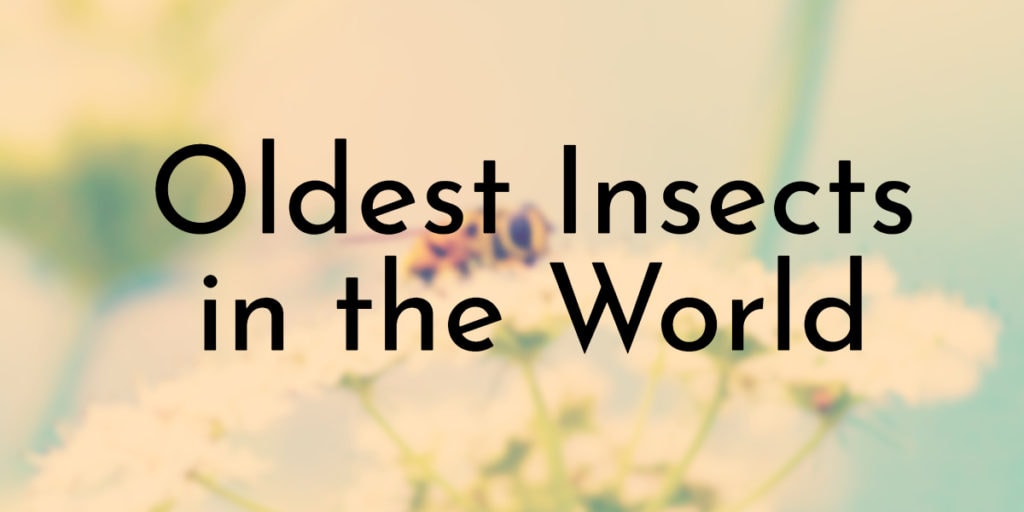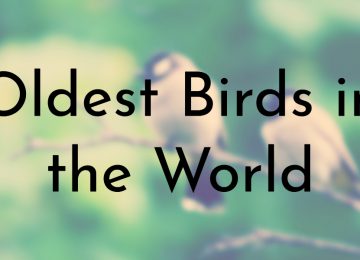Many people find insects creepy and would rather not have them around. While some may find them repulsive, others see these small creatures as fascinating. After all, they are the oldest living things on earth! Read on to learn more about some of the oldest insects on earth.
The word “insect” comes from the Latin “insectum”, meaning “cut up” or “divided into segments”. Insects are arthropods with an external body covering called an exoskeleton, a segmented body, and three pairs of jointed legs for walking. There are around one million known species of insects found on every single continent except Antarctica.
These creepy crawlers are among the world’s oldest animals alive today, and what’s even more fascinating is that some species continue to thrive despite being so old! If you’re someone who’s into this kind of stuff, then here is a list of the seven oldest insects in the world.
7. Lice
Years of Existence: 120 million years
Scientific Name: Phthiraptera
Lifespan: 30 days
Poisonous: No
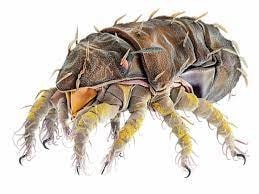
This is a parasitic insect that lives off the blood of monarch butterflies. It is one of the oldest, at around 120 million years old. Lice eggs are laid on the stems of milkweed plants, the primary food source of the Monarch butterfly. The eggs hatch, and the larvae feed on the roots of the milkweed. Larvae are not visible to the naked eye. They are between 1/8 and 1/32 inches long. A fully grown larva is about 1/2 inch long.
In the wild, lice are a parasite that lives on the blood of the Monarch butterfly. In a lab setting, lice cannot survive on any other host. Because lice live on the blood of butterflies, they do not feed like other parasites. It does not kill the host butterfly, but it does shorten its lifespan. Monarch butterflies live for about 2 weeks during the summer.
Did You Know?
Adult female lice lay eggs in their hosts and then pass the eggs from host to host through body fluids such as blood or urine.
6. Grasshoppers
Years of Existence: 240 million years
Scientific Name: Caelifera
Lifespan: 12 months
Poisonous: No
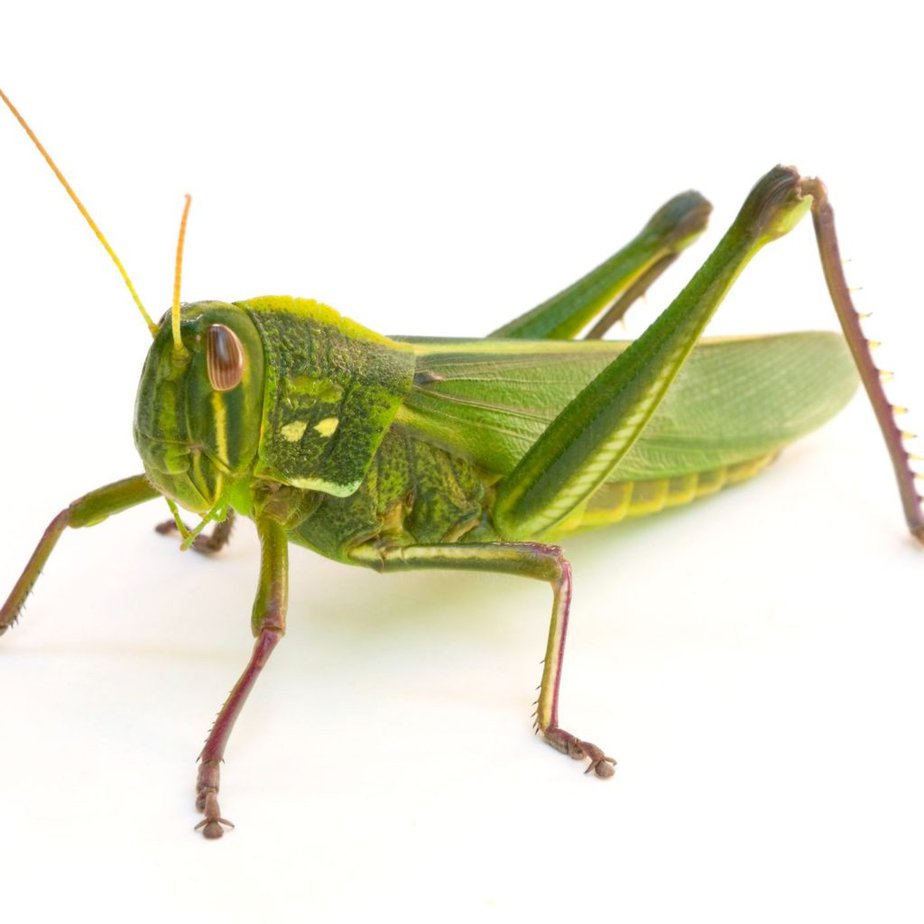
Grasshoppers are one of the most commonly found insects and are also one of the oldest insects. Grasshoppers are herbivorous insects that survive on a vegetarian diet. They cannot fly but can jump like kangaroos. Although they are generally considered pests, they are also consumed as food in certain countries.
These insects can also be kept as pets due to their low maintenance needs. Grasshoppers are among the oldest insects because they have evolved very slowly. They are also extremely adaptable and can survive in almost any type of climate. It is believed that grasshoppers have existed on Earth for around 240 million years! Due to their slow metabolism, they can survive in extremely cold or hot environments.
Did You Know?
Unlike some other insects, grasshoppers undergo incomplete metamorphosis; they develop directly from their eggs without any embryonic stages.
5. Silverfish
Years of Existence: 250 million years
Scientific Name: Lepisma Saccharina
Lifespan: 2 to 8 years
Poisonous: No
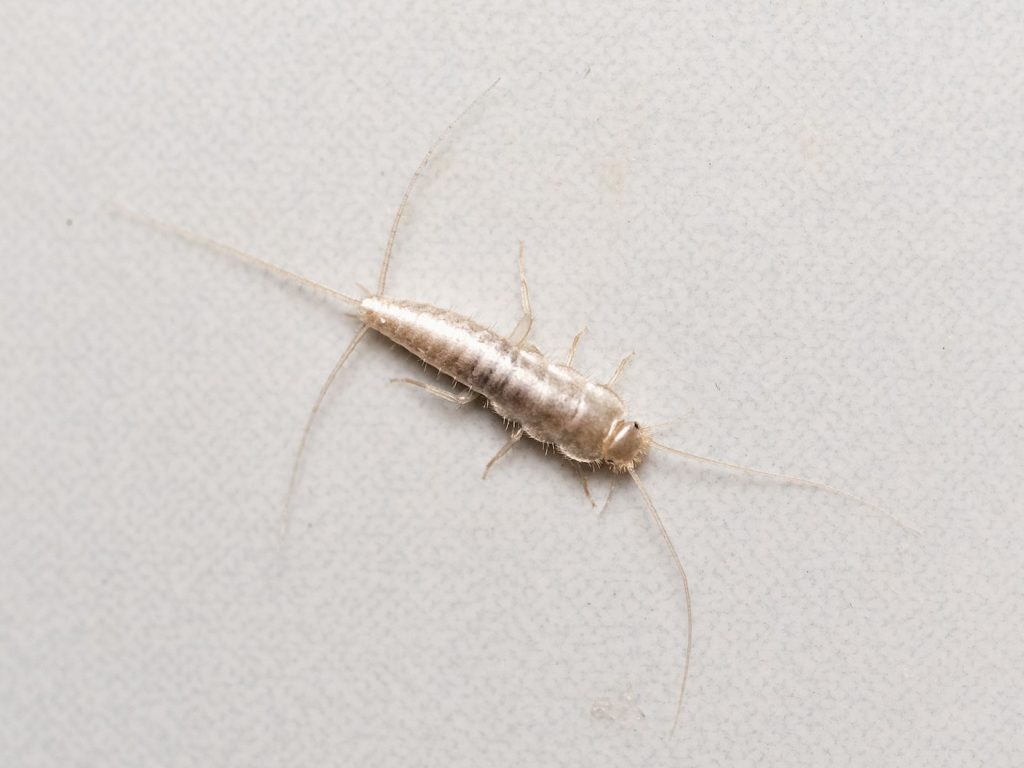
These curious creatures are among the oldest insects on earth. They are believed to be around 250 million years old. Silverfish are a type of insect that is commonly found in tropical or subtropical climates. They are often called fish-like insects because of their appearance; they have long, thin bodies with three long tails behind each one. They are typically between 3 mm and 10 mm in length.
Silverfish are nocturnal creatures that survive on a diet of paper, book bindings, fabric, and starchy products such as glue and flour. They can survive without food for months. Silverfish are very common indoor pests. They thrive in warm and humid conditions, and they are found in areas with high humidity, such as kitchens, bathrooms, and basements.
Did You Know?
Silverfish also feed on decaying organic matter and other organic materials that they find in their environment.
4. Millipedes
Years of Existence: 400 million years
Scientific Name: Diplopoda
Lifespan: 7 to 10 years
Poisonous: No
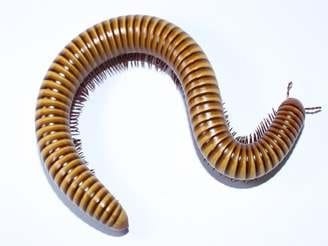
Millipedes are among the oldest insects on earth. These fascinating creatures have existed for around 400 million years. Millipedes are some of the world’s most primitive insects. They are also one of the most recognizable insects; they are usually brownish-black in color and have many legs. These critters generally have between 7 and 100 pairs of legs, but some species may have up to 750 pairs!
Millipedes are found throughout the world in tropical and temperate climates. They are generally herbivores who feed on vegetables, leaves, and the bark of trees. These creatures are considered pests because they feed on plants and occasionally invade homes. Millipedes can also be found in gardens and agricultural fields.
Did You Know?
Millipedes can be very difficult to kill because they store toxins within their bodies that protect them from predators like spiders and centipedes.
3. Dragonflies
Years of Existence: 406 million years
Scientific Name: Anisoptera
Lifespan: 7 to 56 days
Poisonous: No
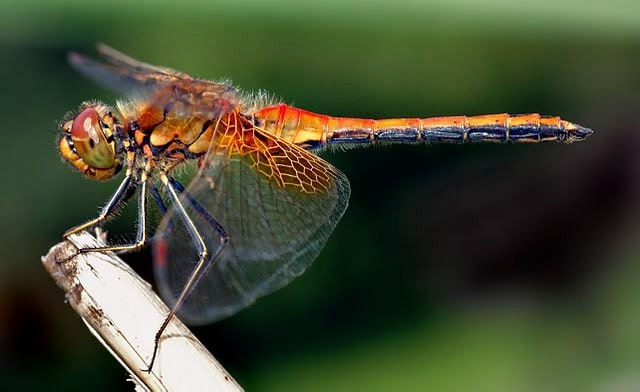
The dragonfly is a fascinating insect that has existed for a long time. These prehistoric creatures have existed for around 406 million years. Dragonflies are carnivorous insects with large and powerful wings. They are known to be among the fastest-flying insects on earth. These creatures can fly at a speed of 30 miles per hour and can fly backwards as well.
Dragonflies are among the oldest insects because they’ve evolved very slowly over the centuries. They are also extremely adaptable to almost any type of environment. These insects can be found in almost every part of the world, from swamps to deserts. They have evolved very slowly, so they don’t change much in their structure.
Did You Know?
Dragonflies have a thick, leathery body that can be green to blue in color, depending on the species.
2. Spiders
Years of Existence: 500 million years
Scientific Name: Araneae
Lifespan: 2 to 20 years
Poisonous: Yes (but are not harmful to humans and other mammals)
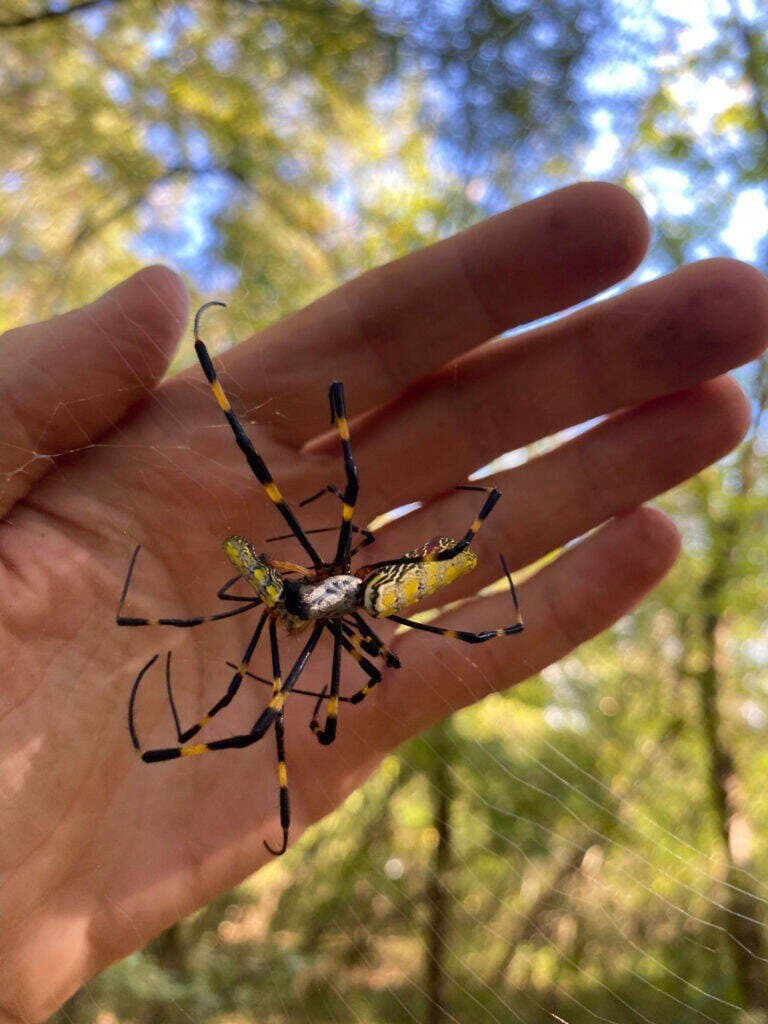
Spiders are among the oldest insects, and they have existed for around 500 million years. Spiders have invertebrates with eight legs and venom (some are poisonous). They are also one of the most widespread animals on earth. They can be found on every continent except Antarctica.
Spiders are carnivorous and capture their prey by trapping it in their webs. They feed on a wide variety of things, from crickets to mice. Spiders have been around for centuries. They are extremely adaptable and can survive in almost any type of environment. They are also very resourceful and have been using humans for their own benefit since the beginning of time.
Did You Know?
There are over 40,000 species of spiders worldwide.
1. Mites
Years of Existence: 570 million years
Scientific Name: Order Acari
Lifespan: 21 days
Poisonous: Yes (but are not harmful to humans and other mammals)
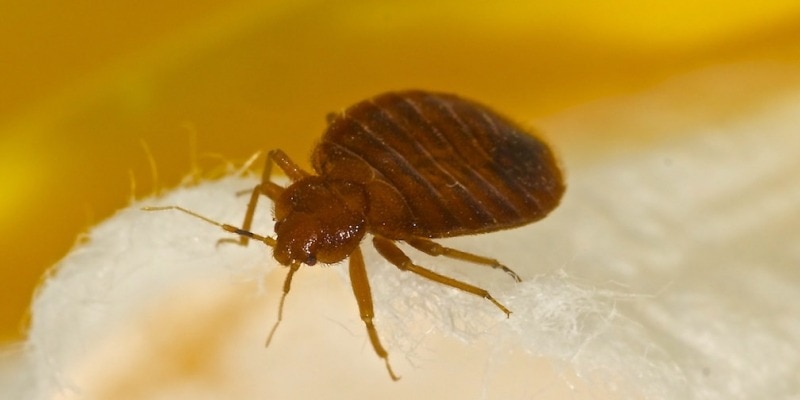
Mites are among the oldest insects on Earth. They have existed for at least 570 million years. Mites are very small creatures that are often mistaken for insects. They are typically less than 0.5 inches long, and they have eight legs but no wings. Mites are usually found in gardens and on flowers, but can infest homes as well. Mites are parasites that feed on plants and can be destructive to gardens and crops. Mites are very ancient and primitive creatures.
Mites are extremely adaptable, and they are able to survive in almost any type of environment, from the coldest to the warmest climates. They have evolved very slowly, so they don’t change much in their structure. These are some of the oldest insects on earth. They are very resourceful creatures and have been using humans for their own benefit since the beginning of time.
Did You Know?
Mites reproduce rapidly—a female mite can produce up to 40 eggs during her lifetime.


